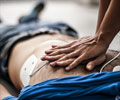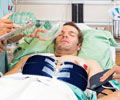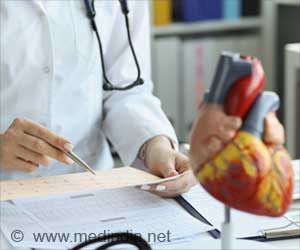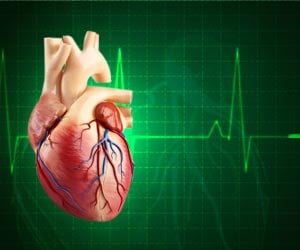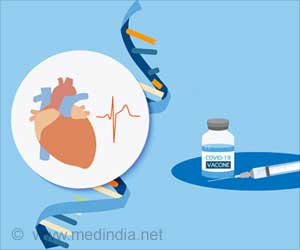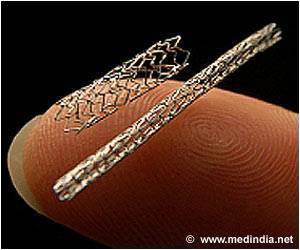A study finds that in Denmark between 2001 and 2010 there was an increase in bystander CPR that was associated with an increase in survival following out-of-hospital cardiac arrest.
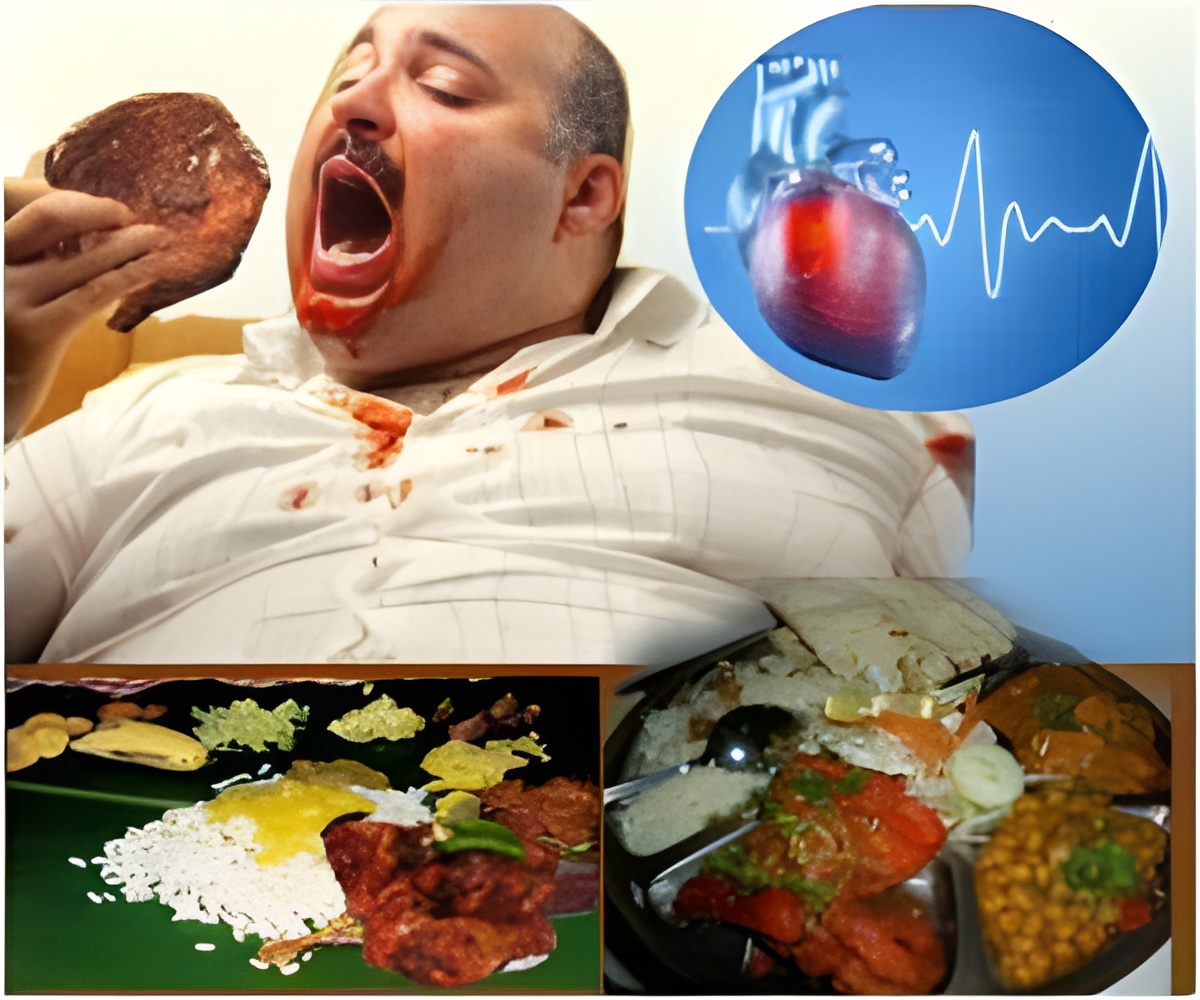
A low frequency of bystander CPR (<20 percent) and low 30-day survival (<6 percent) were identified nearly 10 years ago in Denmark, which led to several national initiatives to strengthen bystander resuscitation attempts and advanced care. Despite these nationwide efforts, it has been unknown whether there have been changes in resuscitation attempts by bystanders and improvements in survival.
To examine this question, Mads Wissenberg, M.D., of Copenhagen University Hospital Gentofte, Hellerup, Denmark, and colleagues analyzed trends in pre-hospital factors directly related to cardiac arrest as well as trends in survival during the past 10 years. The study included 19,468 patients with out-of-hospital cardiac arrest for whom resuscitation was attempted. The median (midpoint) age of patients was 72 years; 67 percent were men.
Throughout the study period, there was an increase in the proportion of patients receiving bystander CPR (21.1 percent to 44.9 percent). The increase in proportion of people defibrillated with an automatic defibrillator by a bystander was small (1.1 percent to 2.2 percent). "The large temporal increase in rates of bystander CPR observed in our study is most likely attributable to the overall increasing level of attention to resuscitation by bystanders in Denmark, including an increase in both mandatory and voluntary first aid training, with an estimate of more than 15 percent of the Danish population having taken CPR courses between 2008 and 2010."
During the study period, there was an increase in the proportion of patients alive on arrival at the hospital (7.9 percent to 21.8 percent), as well as an increase in 30-day (3.5 percent to 10.8 percent) and 1-year (2.9 percent to 10.2 percent) survival. Bystander CPR was positively associated with 30-day survival.
"Our nationwide study had 4 major findings: rates of bystander CPR increased substantially; survival rates at 30 days and l year more than tripled; the number of survivors per 100,000 persons more than doubled; and rates of defibrillation by bystanders remained low," the authors write.
Source-Eurekalert
 MEDINDIA
MEDINDIA



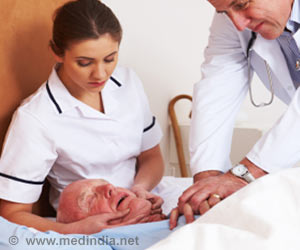
 Email
Email



